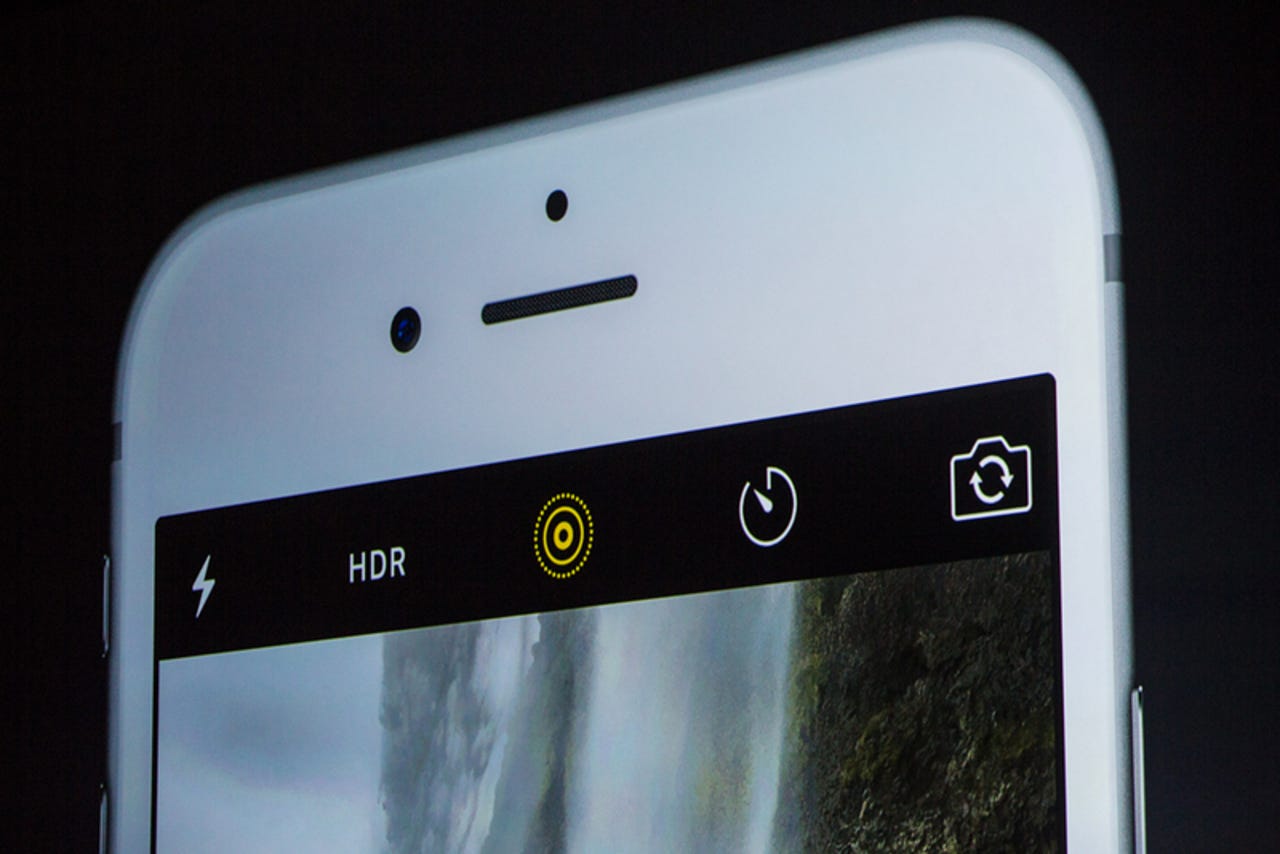Apple iPhone: New 12 megapixel camera still trails Android rivals


The best smartphone cameras are present on the LG G4 and Samsung Galaxy line, including the Samsung Galaxy Note 5, so it's no surprise that Apple announced a couple of new iPhones with a focus on improving the camera.
Android smartphones passed by Apple over the last year and currently offer more detail, amazing clarity, solid low-light performance, true colors, and advanced capture modes.
Still, the Apple iPhone 6 Plus camera is excellent and continues to meet the needs of most people. However, as technology advances so do our expectations. Apple is countering these new Android smartphones with the first increase in megapixels since the Apple iPhone 4S, moving from 8 megapixels to 12 megapixels.
Apple March 15
The first thing I intend to evaluate after I purchase an iPhone 6S Plus is the camera performace. Here's a comparison of the camera specs on today's top smartphones.
| Phone | Rear Camera | OIS | RAW capture | Aperture | Front Camera |
| Apple iPhone 6S Plus | 12 megapixel | Yes | No | f/1.9 | 5 megapixel |
| Apple iPhone 6 Plus | 8 megapixel | Yes | No | f/2.2 | 1.2 megapixel |
| Samsung Galaxy Note 5 | 16 megapixel | Yes | Yes | f/1.9 | 5 megapixel |
| LG G4 | 16 megapixel | Yes | Yes | f/1.8 | 8 megapixel |
| Sony Xperia Z5 | 23 megapixel | Yes | Yes | f/2.0 | 5 megapixel |
While camera performance is not solely tied to megapixels, and we've seen poor quality even with high megapixel cameras, having a higher resolution camera can give the user more to work with.
Camera performance is also dependent on the sensor, signal processor, and software used to process the image. Apple uses Sony sensors for its cameras, as do many other manufacturers, but when I compare photos taken with a Sony Xperia to an iPhone, the iPhone images look better in most cases. That's primarily due to the fact that Apple includes it own image signal processor and video encoder on its A8 (now A9) chip. Thus, even with the same Sony sensor, the iPhone offers faster focus, removal of noise in the image, and Apple's reproduction of color.
The mass market appreciates the way that Apple makes it quick and easy to capture photos and most people appreciate the output from the Apple chipset. LG and Samsung have stepped up to the plate over the past couple of years, so choosing an Android smartphone as your primary camera is a viable alternative. I prefer the results from the current Android flagships more than what I saw on the Apple iPhone 6 Plus.
Bottom line: Usability is key to a camera's success, and companies like Samsung and LG are making their smartphone cameras as easy to use as the iPhone's shooter. Android used to lag behind the iPhone when it came to cameras, but the pressure is now on Apple. It remains to be seen whether the new iPhones' cameras can still compete and I'll be bringing you my experiences in a couple weeks.